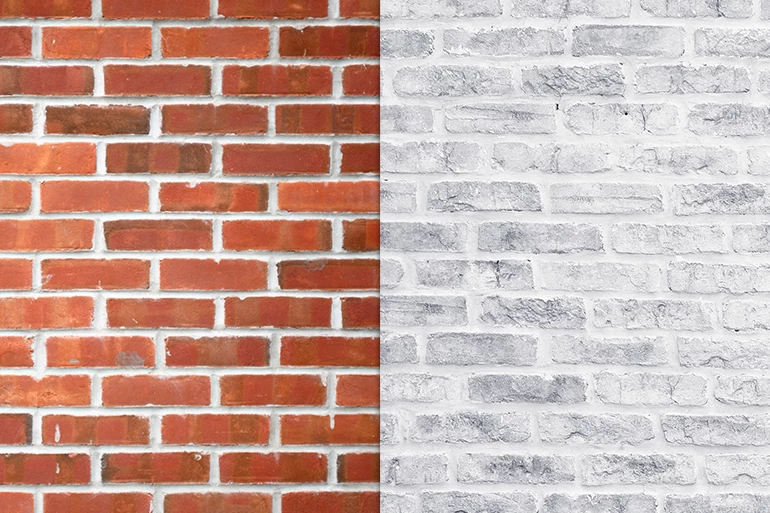How To Brighten Up Your Space And White Wash Your Brick Fireplace
White washing a brick fireplace is super trendy these days. Many people want to learn how to white wash their brick fireplace but aren't sure where to start. You may be wondering "How much water do you mix with the paint?" or "How do you apply it?" If you have questions like these, this article is for you. We will take you through the how-to's... and even the why's of white washing if you aren't convinced it is for you. So, get in a comfy reading spot and let's get started.


